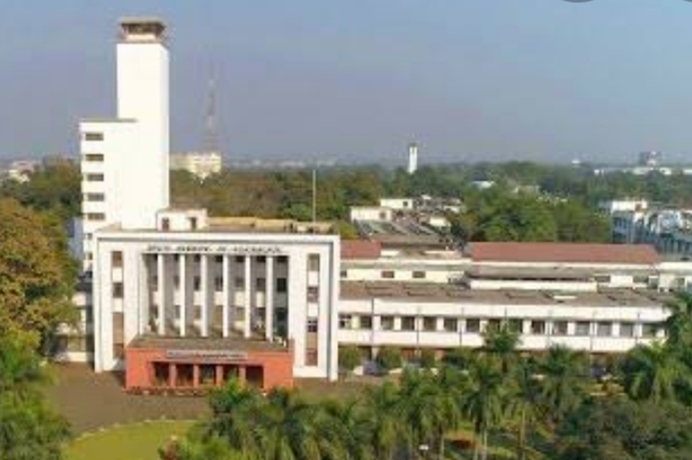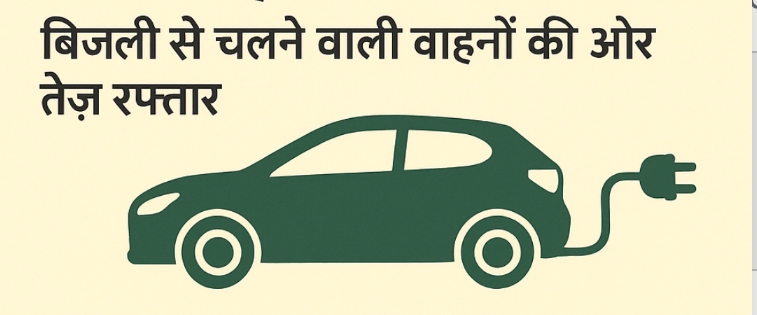कोयला आधारित थर्मल पावर की जगह रिन्यूएबल एनर्जी के उपयोग से प्रदूषण में कमी: IIT KGP






September 2022, West Bengal, India: A study by a team of researchers from IIT Kharagpur led by Prof. Jayanarayanan Kuttippurath from Centre for Oceans, Rivers, Atmosphere and Land Sciences (CORAL) found a significant decline in SO2 trends in India in the last decade, as compared to those in the previous three decades. The decrease in trend and concentration of SO2 is due to the environmental regulation and adaptation of effective control technologies such as scrubber and Flue Gas Desulphurization that shows the positive impact of technological advance and policy decisions to improve the air quality in India. The study represents temporal changes in SO2 concentrations over India in the past four decades (1980–2020). Thermal power plants (51%), and manufacturing and construction industries (29%) are the main sources of anthropogenic SO2 in India. The temporal analyses reveal that SO2 concentrations in India increased between 1980 and 2010 due to high coal burning and lack of novel technology to contain the emissions during that period. Both economic growth and air pollution control can be performed hand-in-hand by adopting new technology to reduce SO2 and GHG emission.




“SO2 is an atmospheric pollutant and can be converted to sulfate aerosols in high humid conditions. These aerosols can affect cloud reflectively, rainfall and regional climate by modifying the radiative forcing. At high concentrations, SO2 affects adversely on human health and ecosystem as well. Therefore, continuous monitoring of its abundance in the atmosphere is highly warranted, as these kind of analyses would help making the policy decisions related to emissions. This particular study is serving that purpose,” remarked Jayanarayanan Kuttippurath, Centre for Oceans, Rivers, Atmosphere and Land Sciences (CORAL), IIT Kharagpur and the lead author of the study.

“Our analysis shows Indo-Gangetic Plain and Central and Eastern India regions as the SO2 hotspots in India. Although there is a relative reduction in SO2 in the last decade, the concertation of SO2 is still very high in these regions. Therefore, we need to continue our efforts to reduce SO2 emission in India, whether it is with innovative technology or environmental regulations,” said Vikas Kumar Patel, another author of the paper.
Prof. V K Tewari, Director, IIT Kharagpur stated, “India relies heavily on coal-based thermal power plants to meet its energy demands. Analysis of spatial and temporal changes in SO2 using accurate and continuous observations is required to formulate mitigation strategies to curb the increasing air pollution in India. Since 2010, India’s renewable energy production has also increased substantially when India adopted a sustainable development policy. The shift in energy production from conventional coal to renewable sources, solid environmental regulation, better inventory, and effective technology would help to curb SO2 pollution in India. India’s nationally determined contributions under the Paris Agreement includes achieving about 40% cumulative electric power installed capacity from non-fossil fuel-based energy resources by 2030. This commitment would help to reduce the dependency on the coal-based energy, and also help to curb the SO2 pollution in the future.”







